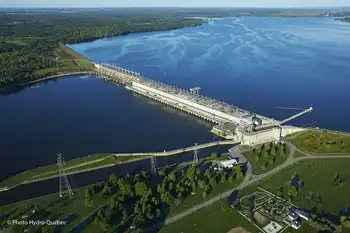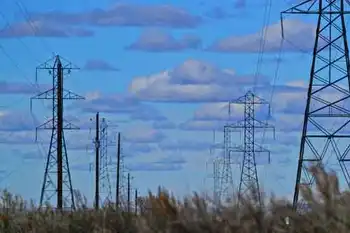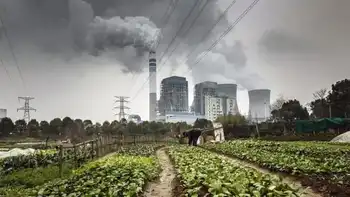Con Edison: One year after Hurricane Sandy
“Con Edison’s 14,000 workers have all played a role in developing a fortified energy system,” said Con Edison President Craig Ivey. “Damaging weather is becoming more frequent. When a storm hits the region, we want to restore customers safely and quickly. We are responding to Sandy by building a tougher system.”
Post-Hurricane Sandy Progress Completed
- Built more than a mile of concrete flood walls around stations and critical equipment.
- Added nearly 2,000 overhead isolation devices to reduce customer outages.
- Installed 800 special float-check valves to protect gas services from floods.
- Installed 38 smart switches to isolate damaged equipment and decrease outages.
- Replaced 60 pieces of non-submersible equipment with submersible equipment in flood zones.
- Installed more than 100 flood pumps.
- Installed 3,000 expansive foam seals in conduits.
- Installed more than 180 watertight flood doors and barriers.
- Installed smart grid technology in Brighton Beach that will allow us to keep most customers in service during a flood.
- Continued system-wide summer improvements to include installation of 31 network transformers, six new feeders, 207 overhead transformers, and reinforcement of 46 feeders by upgrading 350 sections of cable.
Post-Hurricane Sandy ProgressNext Steps
- Burying 30 miles of overhead lines in 2015 and 2016 at a cost of $200 million.
- Installing 70 high-tension vault switches.
- Installing stronger, tree-branch resistant aerial cable.
- Installing utility poles that withstand wind gusts up to 110 mph.
- Redesigning wires to detach more easily from customer homes, enhancing safety.
- Redesigning lower Manhattan networks to de-energize customers in flood zones and keep customers on higher ground with power.
- Replacing cast iron and steel gas pipes in flood-prone areas.
Related News

Hydro-Québec to Invest $750 Million in Carillon Generating Station
MONTREAL - Hydro-Québec will invest $750 million to refurbish its Carillon generating station, mainly to replace six generating units. The investment also covers the cost of civil engineering work, including making adjustments to water passageways, upgrading electrical equipment and replacing the station roof. Work will start in 2021 and continue until 2027.
Carillon generating station is a run-of-river power plant consisting of 14 generating units with a total installed capacity of 753 MW. Built in the early 1960s, it is a key part of Hydro-Québec's hydroelectric generating fleet. The station is close to the greater Montréal area and feeds power into…





